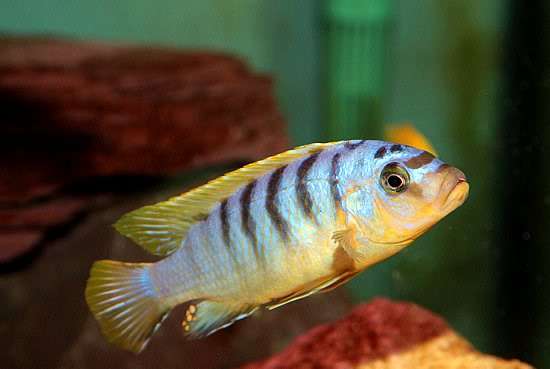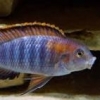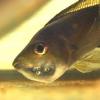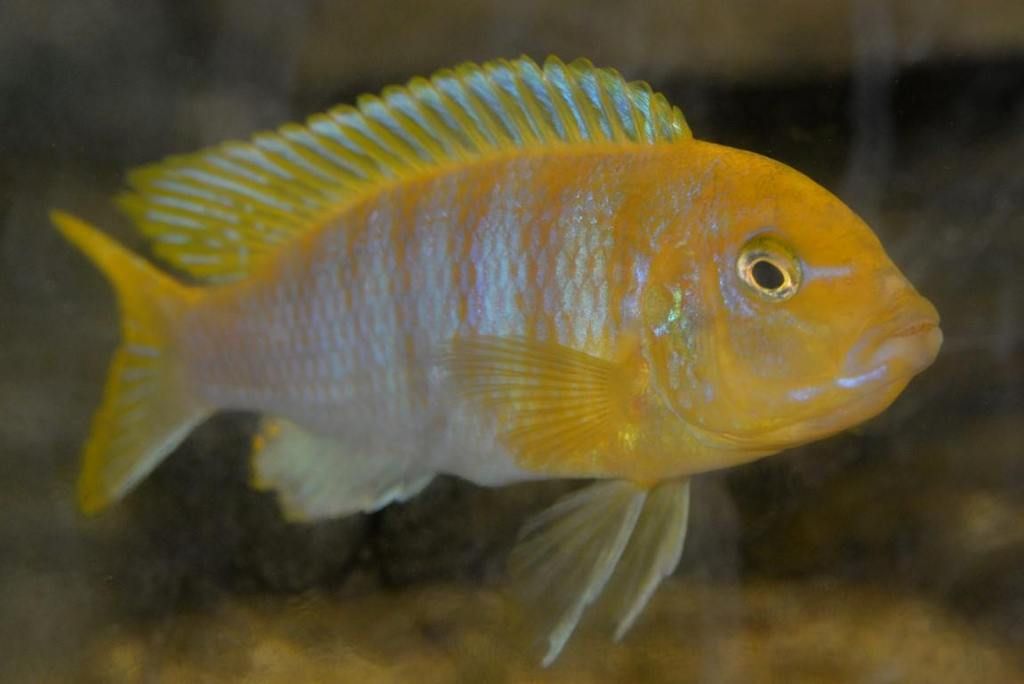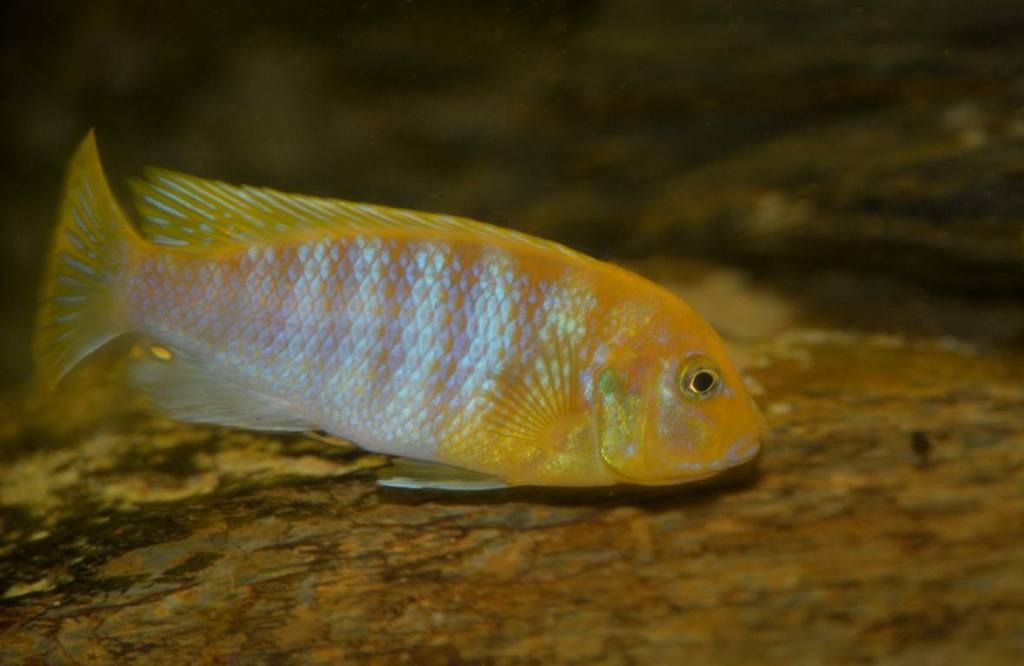As the Fish of the Month for July, there will a bag of 6 x Metriaclima hajomaylandi around 4-5cm available at the PCS Meeting for auction. These are special lots to raise money for Stuart Grant Fund for Cichlid Preservation and have kindly been donated by one of our PCS Members - Poncho (Brett).
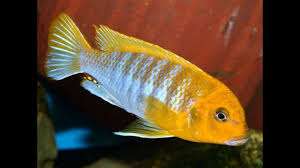
Metriaclima hajomaylandi
This species is from Africa: Lake Malawi. Particularly noted from Chizumulu Island and Pombo Rocks.
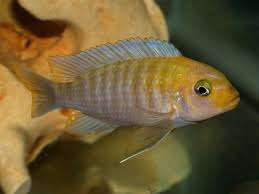
Size
Maximum length is around 6″ (15cm).
Classification
Order: Perciformes Family: Cichlidae
Distribution
Metriaclima hajomaylandi is a Mbuna from Lake Malawi. It is a rock dweller. It can be found in rocky habitats across the lake and on lake reefs.
Diet
Omnivore, takes both pellets and flakes and occasionally frozen foods. I feed mostly vegetable matter to avoid bloat
Maintenance
Active rock-dwelling Cichlid, provide plenty of hiding places. Lots of filtration would be best to keep the water clean. Tank should be setup with lots of rocks so the males can have territories to avoid too much aggression.
Water Changes: Weekly - Water changes of 30% weekly are recommended.
Temperature: 78-82°F (25-27°C) pH: 7.8 - 8.6 Hardness: 8-25°H
Character
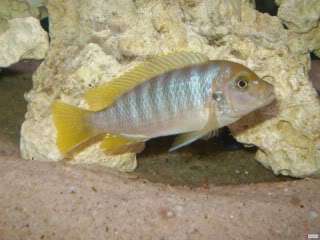
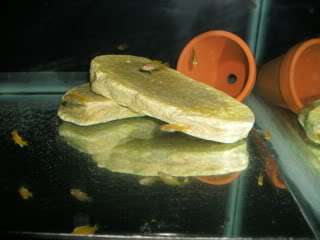
Spawning
Notes
This is a very beautiful species of Mbuna, at least to me. Males are generally yellow and lavender but when in breeding mood they tend to turn pale/white and yellow. Females are not as bright as the males but are as well yellow and grayish/lavender. Juvies are as well yellow and lavender. They way I tell the differences between the males and females is that the males anal fin will turn white where on the females they remain yellow. These species of Mbuna do tend to be very aggressive as most other Mbunas especially during spawning. I recommend having a large aquarium with lots of rocks and caves for hiding spots. Make sure to have a good amount of females for the males as he will harass them when he wants to breed.
Pombo Rocks variant -
